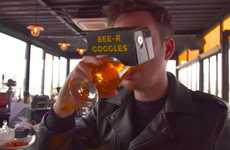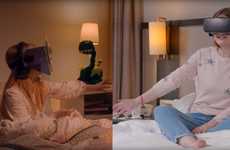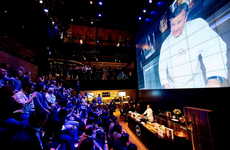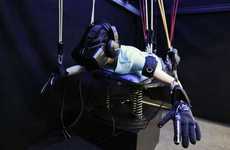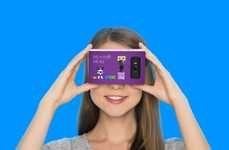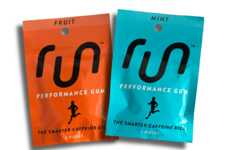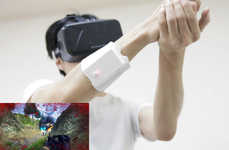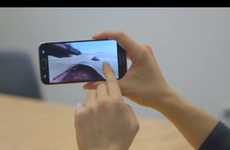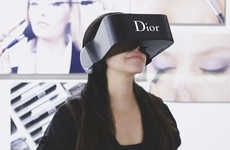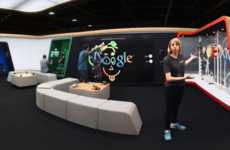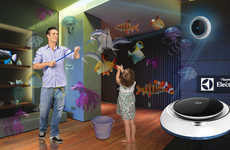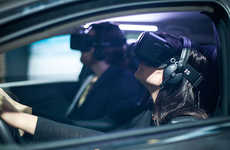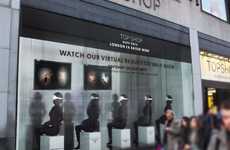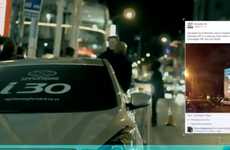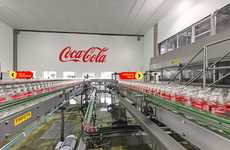
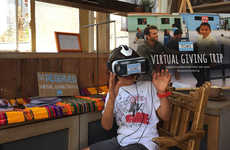


Brands use virtual reality technology as an authentic branding tactic
Implications - Virtual reality is an increasingly popular tool in modern marketing, able to offer consumers a heightened and immersive sensory experience. However, rather than to thrill, many brands have begun to use virtual reality as a way to communicate authenticity. By offering consumers a behind-the-scenes look into the facilities or design process of a product, brands are committing to an ethos of transparency that goes above and beyond traditional tactics.
Workshop Question - How can you invite your customer behind the curtain to increase education and transparency?
Trend Themes
1. Authenticity Through Virtual Reality - Virtual reality is no longer just a tool to offer thrilling sensory experiences, but also a medium to communicate transparency and authenticity.
2. Empathy-driven Virtual Reality - Virtual reality is increasingly being used to develop empathy in customers for brands, causes, and societal issues.
3. Immersive Virtual Reality Experiences - Brands are using virtual reality to create immersive experiences, allowing customers to feel like they are on location and get a first-hand look at the brand's operations and products.
Industry Implications
1. Marketing - Virtual reality is disrupting traditional marketing tactics, offering new ways to engage customers and communicate brand values.
2. Retail - Virtual reality is being used to create unique in-store experiences for customers, providing a new way to interact with products and brands.
3. Food and Beverage - Virtual reality is being used by food and beverage companies to showcase their production processes and supply chain, creating more transparency and building consumer trust.


